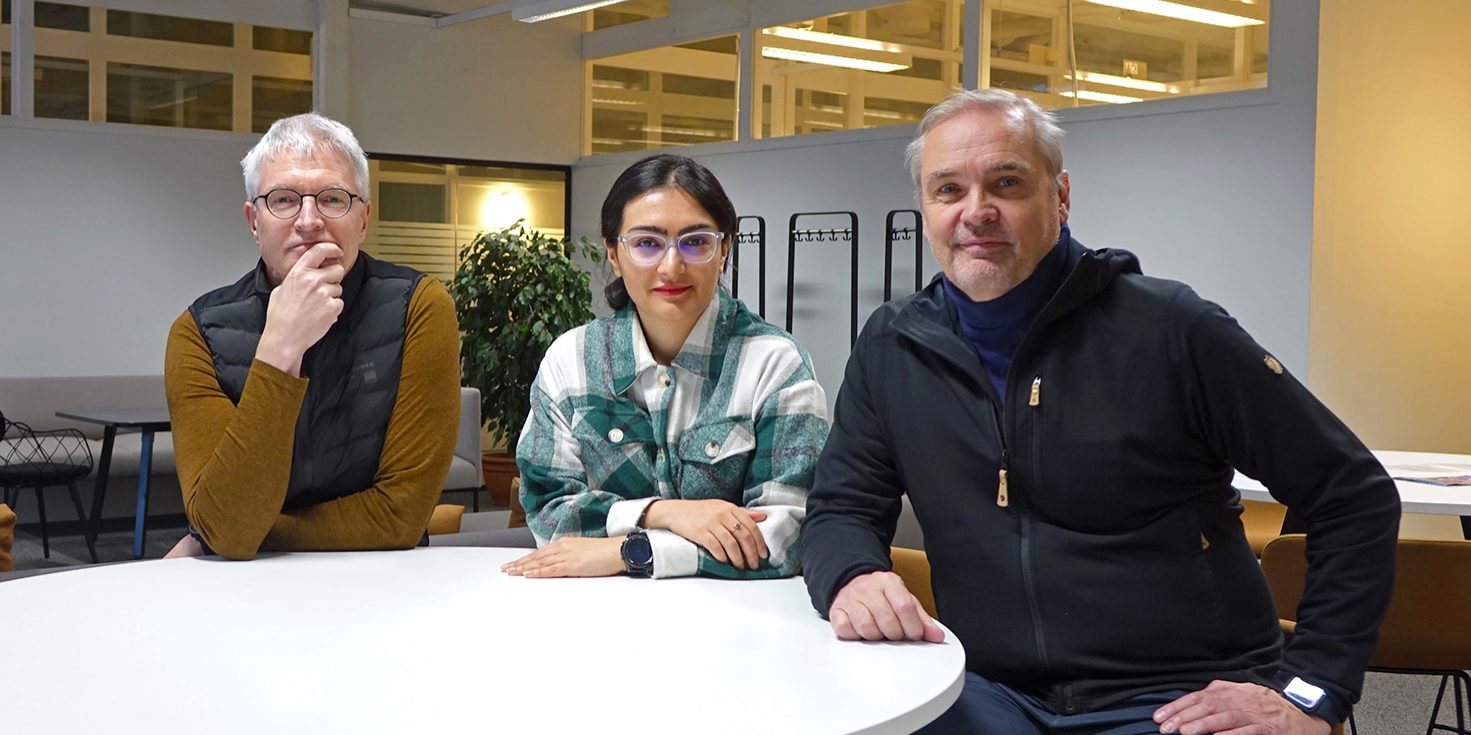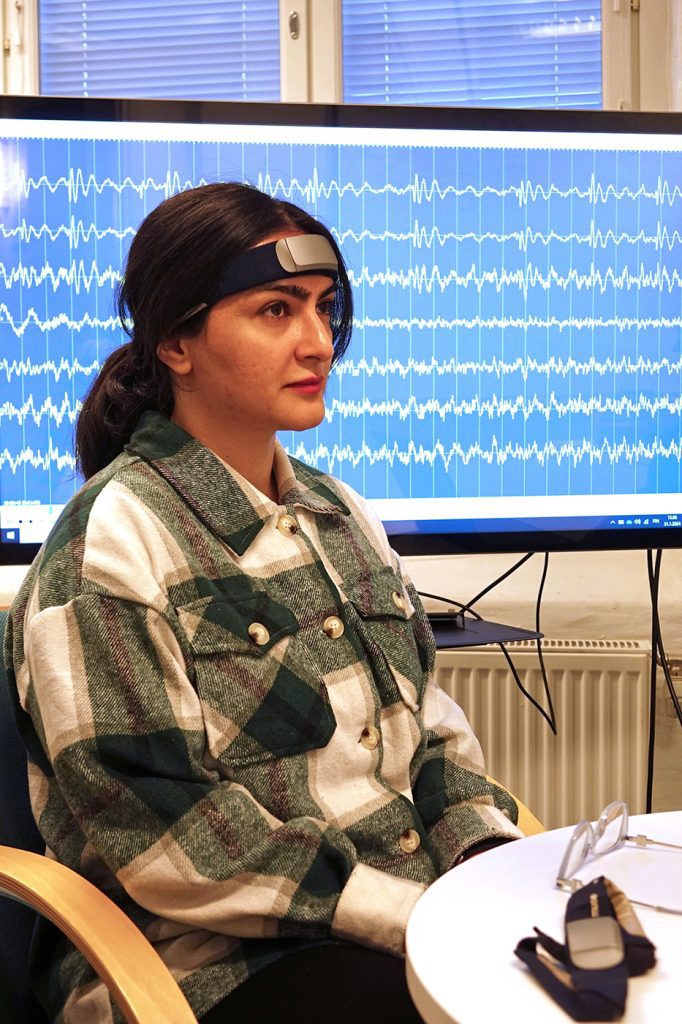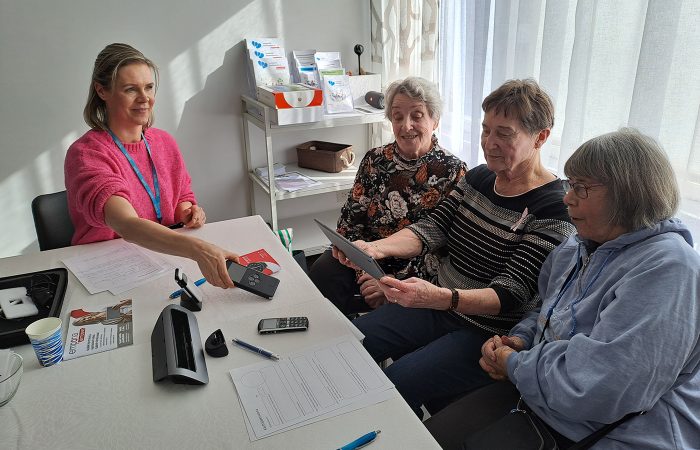We Research: EEG as a tool for promoting mental well-being
Have you ever wished you could monitor your mental well-being in the same way you can monitor your physical well-being and performance? At the end of the work week, you could analyze how did you use your brain capacity, what was your brain's energy level, or whether your brain needs rest or extra training over the weekend. And what would be the best relaxation for your mind. This is possible, although there is still a long way to go before comprehensive monitoring of brain well-being becomes part of our everyday life. The MindFlow project is taking significant steps on this journey.

Science has produced several ways to peek inside our brains. This can be done by using the property of atomic nuclei to change their position in a magnetic field (magnetic resonance imaging, MRI), the effect of blood oxygen level on how it absorbs light (near-infrared imaging, NIRS) or the electromagnetic field caused by neuronal activity (magnetoencephalography, MEG, and electroencephalography, EEG). The last of these, EEG, has become especially common during the last decade, as several companies have introduced their consumer-oriented EEG devices. These devices come in different forms, such as headbands, caps, or even sensors integrated into earbuds. The MindFlow project at Tampere University tests devices from different manufacturers and investigates how our mental state can be assessed based on the data measured by these devices. A particular research target is the flow state, i.e. a mental state where a person gets immersively engaged in a task losing the sense of time and place. Flow state can be achieved when the level of task complexity and the abilities of the person performing the task meet, i.e. we act at the limits of our capabilities without exceeding this limit.
The MindFlow project is a Research-to-Business project funded by Business Finland. The project aims at establishing a company that will commercialize the concept developed in the project. In the case of MindFlow, the concept involves a cloud service platform that analyzes EEG data measured from the user and returns information about the user’s mental state. The users can monitor their flow state or mental workload in real time or analyze the results obtained during the past day, week or month of using the device. The potential users of the platform include those engaged in office work requiring concentration, but also athletes who strive for peak performance or those working in creative fields.
Did you know?
- Your brain contains about 100,000,000,000 neural cells, each of which is connected to hundreds or thousands of other cells on average.
- The activity of neurons in the cerebral cortex can be measured using sensors placed on the scalp. The measurement result is an electroencephalogram, or EEG. Traditional uses of EEG include sleep studies, diagnosing epilepsy, and assessing the depth of anesthesia.
- As EEG becomes more common in consumer devices, it is increasingly used in real-life applications such as meditation, stress recognition, or monitoring sleep quality.
- Machine learning and artificial intelligence can be used to develop methods that can, for example, classify a person's emotional states or distinguish between pleasant and unpleasant experiences based on brain responses.
- Neurofeedback is used in the treatment of mental health problems, in which brain activity is visualized, and the client attempts to modify his/her brain activity to correspond to a certain pattern at the same time developing certain properties of the brain function.



